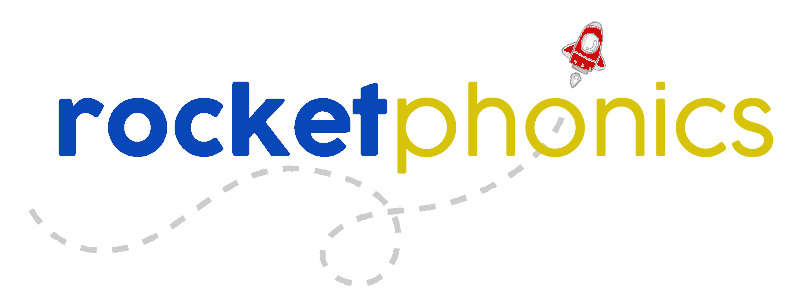Reading For Comprehension
There are two methods to learn to read for comprehension: whole language where you memorize every word and phonics where you sound out words. The limitation of whole language is that only about one in three people can memorize fast enough to read at grade level. Also without phonics whole language requires someone else to pronounce the word for you.With 800,000 words in the English language no one person knows them all. As a result we are going to limit our discussion to the phonics method.
Step 1 Phonemic Awareness
“According to the National Reading Panel Report (National Institute of Child Health and Human Development, 2000), the level of phonemic awareness that children possess when first beginning reading instruction and their knowledge of letters are the two best predictors of how well they will learn to read during the first two years of formal reading instruction.” Statistically, if the child doesn’t read at grade level by third grade they never will. (Unless they use Rocket Phonics.) So the window for learning to read is pretty narrow and phonemic or phonological awareness is the foundation.
Phonemic awareness happens usually between the age of 3 to 7. It is the ability to hear the sounds within the words. It is part of the speech pathway so if your child is talking he or she has some. But the best test is if your child can rhyme. Rhyming words have similar sounds at the end of the word and different sounds elsewhere. The ability to rhyme shows that the child not only hears the sounds, but can manipulate them.
Step 2 Phonics
Phonics is a system of linking the sounds in a language to the letters of a language. The closer to a one-sound-one-letter system you have the stronger the phonics system and the easier for your child to sound out words. Unfortunately, English has at a minimum 36 sounds and for those with really good ears 51 sounds, but only 26 letters. And to make matters worse it has five vowel letters and 13 vowel sounds! And vowels are in every word. If the phonics system your current reading program needs someone to tell the child what the actual sound of the letter is then your child will either wait for you to say the word or guess. And every wrong guess makes that child more reluctant to try.
Step 3 Blending
Now that you can sound out words you need to get the child to mash the sounds together. The average 5 year old has an expressive vocabulary of 5,000 words, but the sounds tend to wrap around each other rather then come sequentially. Most children get blending if you have them blend two letters into a word and then progress to three. For those who don’t they need to practice sounding out words first and then blending them. In Rocket Phonics we make a game out of it.
Step 4 Reading Immersion
You would think reading immersion would be the last step, but no we are only halfway there. Assuming you have a phonics system that has handled the vowel confusion you can immerse your child in reading. Initially, you start with one word and check if they know the meaning. After a while their ability to blend will speed up and you can advance to blending phrases and then sentences. During this process your child will gradually start recognizing words that he or she doesn’t have to sound out. This increases the speed of reading.
Step 5 Fluency
Fluency is defined as reading at about the speed at which you talk. It comes from the increased number of recognized words. It allows your child to remember the beginning of the sentence by the time he gets to the end. Most readers use fluency to comprehend what they read. Dyslexics, however, do not. They actually use comprehension to figure out words they don’t know. They often read slower than most.
Step 6 Vocabulary
Vocabulary is a double concept expressive, words you speak and receptive words you understand. At this step we are focused on receptive vocabulary because if your child understands the words then he or she can comprehend the meaning of the whole passage. Here is a link that will give you an idea of its importance.
Step 7 Reading For Comprehension
The whole purpose of reading is comprehension. Reading for comprehension can be measure by asking questions about what your child has read. It is very important to accept that your child is not an adult and may not see things the way you do. For example, a four year old may retell a story not sequentially, but just tell the parts that interested her the most.
If you discover that your child reads fluently, but doesn’t understand anything then she may not be visualizing. Most people run a movie in their head as they read. This visualization allows them to picture and understand what they are reading. But some just don’t naturally do this. If your child understands the vocabulary, but isn’t visualizing I recommend having him read and explain jokes.Jokes are short and have a high visual component to them.
If you have found this article useful please leave a comment below. If you have more questions leave your question in the comments.

